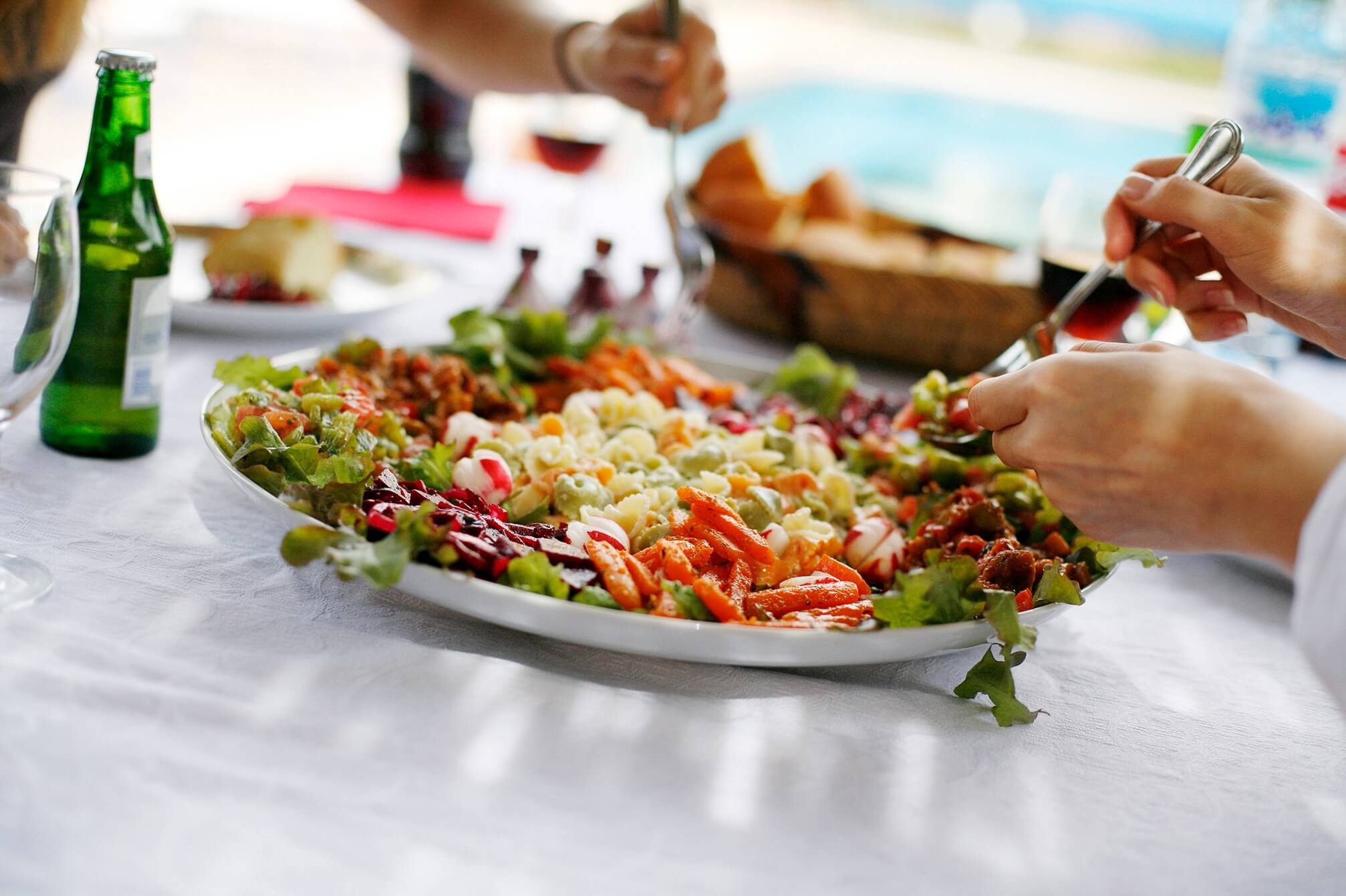There is a problem of insect infestation in asparagus, which is available in Australia. These insects are called “thrip”. They are tiny and approximately 1-2 mm long - their colour ranges from brown to black. At first these insects look like splinters, but on closer inspection one can detect that they are insects.
METHOD OF CHECKING AND INSPECTION
FRESH ASPARAGUS
A simple, visual inspection is not possible, since the insects are lodged between the florets (head) at the top of the plant.
One must therefore use a method which will cause quite a number of them to be dislodged and separated from the remainder of the vegetable.
The following method is recommended and is quite simple and straightforward:-
• A large white or very light-coloured bowl should be half-filled with warm water. The asparagus should be put into the water and swirled around a number of times.
• The asparagus should be taken out and held by the middle or lower part of the stems but not in the area (head). Whilst holding them over the bowl, droplets of water should be shaken off the floret (head) end of the vegetable so that the droplets of water fall back into the bowl of water, (this plus the swirling around of the vegetable will inevitably dislodge some of the thrips and cause them to land in the water).
• Allow the water to settle for about half a minute, during which time the living thrips will rise to the very top of the water. One should then look very carefully at the water’s surface for tiny, light or dark brown or black splinter-like things. If in doubt whether or not what one is looking at is a thrip, it is simplest to scoop it out with a teaspoon and deposit it on a flat white plate.
• By looking very closely at these things one will be able to identify them as insects. However, a x10 magnifying glass is of particular assistance and will make this identification much simpler for many people. These insects are very active once they are out of water and one will therefore be able to observe them climbing up the sides of the bowl above the water level and on to dry parts of the plate once they have been deposited on it.
• If no infestation is found by the above method, the vegetable is insect free and it may be used without any further inspection or stripping down.
METHOD OF USING FRESH ASPARAGUS THAT HAS BEEN FOUND TO BE INFESTED
(a) All flowers from the tops of the stems should be pulled off and be discarded. They are the main habitat of the insects and there is no way in which one can be absolutely sure that all insects have been eliminated. They must therefore be discarded.
(b) With the aid of a knife or potato peeler, the triangular bits of leaf should be stripped from the stems so that just the bare main stems of the vegetable remain.
(c) The stems should then be rinsed thoroughly under running water and it is preferable to brush them lightly up and down during the rinsing with a soft nylon kitchen brush. Once this has been done the vegetable is ready for use.
(d) It is understood that if someone prefers to avoid inspecting this vegetable and instead to simply cut off and discard the florets (head) and rinse the remainder in the way described above, one may do so, since this method guarantees that the remaining vegetable is insect-free.
FROZEN ASPARAGUS
One cannot use the method of checking described in Note 1 above. Firstly the floret (head) is to be cut off and discarded. Then, rinse the remainder of the asparagus and it may be used.
• Due to the high infestation of thrip , Licencees may not use fresh or frozen asparagus .
CANNED ASPARAGUS
AT PRESENT, ALL CANNED ASPARAGUS, SHOULD NOT BE USED DUE TO INFESTATION WITH THRIP.
Cans of imported asparagus, which have Rabbinic Supervision, may be used without fear of this problem.
